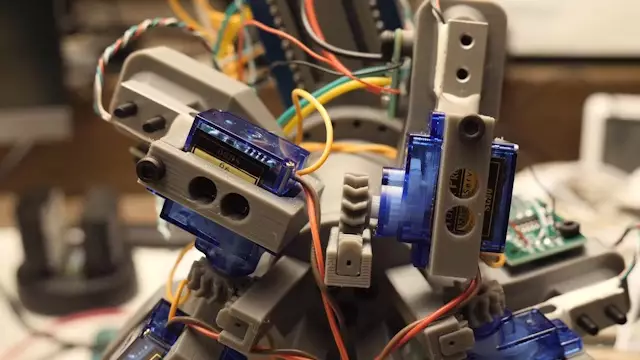The realm of lock picking has long captivated the imaginations of enthusiasts, thieves, and security experts alike. Traditionally viewed as a skill requiring dexterity, patience, and craftsmanship, lock manipulation is increasingly intersecting with cutting-edge robotics. The emergence of robots utilizing physics-based sensing and precise mechanics signals a transformative shift in how security devices could be confronted—whether in offensive hacking or defensive strengthening. This technological frontier is not just about automating a manual skill but reimagining the very principles of mechanical interaction with locks.
The typical narrative depicts lock picking as a human art form: feeling the subtle feedback from tumblers and springs, adjusting tension, and employing intuition honed over years. Translating this tactile finesse into machinery is daunting. Yet, researchers and hobbyists alike are trailblazing in designing robots that emulate, and even surpass, human sensitivity by leveraging the laws of physics. Specifically, sensing the tension within lock pins and springs through innovative feedback systems is opening new avenues for automation. This approach embodies a shift from brute-force attempts to intelligent, responsive mechanisms that can decode the internal states of lock barrels.
Challenges Behind the Technical Curtain
Despite the alluring promise, developing physics-based lockpicking robots is riddled with complexities that often derail even the most promising prototypes. For instance, initial models relied on brute-force methods—applying consistent pressure until the lock yielded. While effective in some contexts, this approach is painfully slow and conspicuous. The goal shifted toward creating robots that can detect the subtle resistance within a lock’s mechanism, adjusting their tactics dynamically. This requires intricate sensors capable of detecting minuscule changes in tension or vibration, alongside sophisticated algorithms that interpret these signals in real-time.
The work on such systems, exemplified by projects like Sparks and Code, highlights the formidable technical barriers involved. Tuning sensors to accurately gauge internal forces, filtering out noise, and translating that data into meaningful control inputs have proven exceedingly difficult. In attempts to engineer a robotic lockpicker that can “feel” its way through a lock, each tweak reveals a new layer of complexity—an iterative struggle akin to a game of mechanical chess. This persistent troubleshooting underscores the formidable nature of translating human tactile intuition into rigid, albeit intelligent, machinery.
Moreover, the diversity of lock designs complicates automation. While simple pin tumbler locks might be within reach, more sophisticated security locks—such as those with wafer mechanisms or complex barrels—require vastly more advanced sensing and actuation capabilities. These down-to-earth engineering challenges mean that the dream of a universally capable lock-picking robot remains just that—a dream, for now.
Implications for Security and Ethical Considerations
The pursuit of robotic lock manipulation is fraught with both technical intrigue and ethical concerns. On one hand, such innovations could be harnessed for security testing—allowing manufacturers to identify vulnerabilities before malicious actors do. This proactive posture could lead to the development of more resilient locks and secure systems, ultimately benefitting society at large.
On the other hand, the same technology bears the potential for misuse. Tiny robots capable of stealthily bypassing safes or security locks could be weaponized for criminal activities. The blurred line between technological progress and malicious exploitation compels a broader societal debate about regulation, accessibility, and responsible research. While tinkering on platforms like YouTube serves as a showcase of ingenuity and curiosity, it also underscores the need for caution. The fact that hobbyists can attempt to build physics-based lockpick robots reveals just how accessible powerful tools are becoming—raising questions about how to balance innovation with safety.
Ultimately, the trajectory of this research suggests that lockpicking robots will become more sophisticated, faster, and more versatile over time. Whether they will serve as a force for security enhancement or as instruments of illicit activity depends largely on how the community, industry, and policymakers navigate this fragile landscape. As these machines inch closer to practical deployment, their critique from both a technical and ethical standpoint must be relentless—embracing progress but also demanding responsibility.

